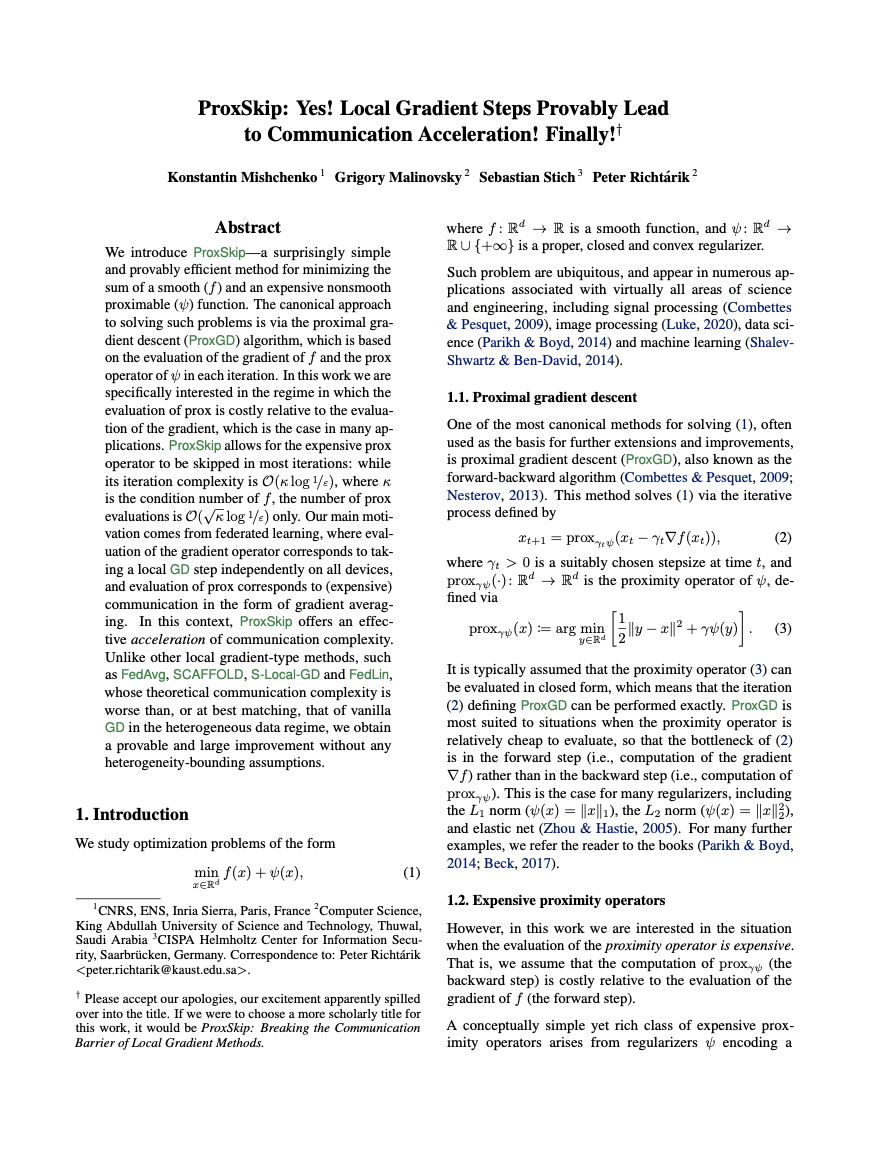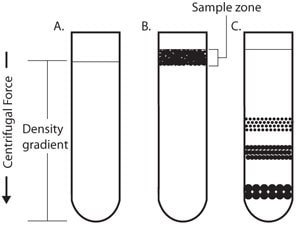

Say I give you a gift and tell you it's yours to keep. Endowment effect: Let users take ownership of their experience It's a small touch, but it helps build familiarity and trust in the product and brand. Keeping UX copy concise helps build trust-always use the fewest words possible to convey meaning.

For example, one study showed that people rated food additives as more harmful when their names were more difficult to pronounce. People tend to trust words that are easy to read more than complicated phrases. When the things that a company or product tells us feels familiar, we trust that it's true and that they have our best interests in mind, increasing the likelihood that we'll follow a direction or complete an assigned task. This principle works in reverse, too: We associate new experiences or words with risk and uncertainty. Humans innately prefer things we're familiar with whether they're words, products, or experiences. The speak-easy effect is really just another term for familiarity bias (or the familiarity heuristic). Speak-easy effect: Use simple language in UX copy Thanks to the goal gradient effect, users are far less likely to abandon the signup process when they see this upfront progress. Once this is done, it shows them a progress bar that is already 30% completed.

Quora briskly asks them to create an account and verify their email address. To give a very simple example, take a look at Quora's signup flow above. This further motivates them to complete the task at hand, whether that's a signup form or an onboarding tutorial. Showing users a progress bar with a substantial percentage already completed helps users feel like they've already made some progress and are not starting from scratch. Helping users get started-whether through artificial accomplishments (like with a pre-stamped coffee card, to give a real-world example) or real progress toward a goal-significantly increases the likelihood that they will complete a given task. Many products take advantage of this human tendency by using progress bars or checklists. This is known as the goal gradient effect (aka the goal gradient hypothesis). As it turns out, whether or not we're actually making progress is irrelevant-even the illusion of progress toward a goal can encourage us to push to reach a goal faster. Think about the second wind you get after reaching the midpoint of a race or the feeling of excitement you experience when you're about to beat a high score. The closer we get to reaching a goal, the harder we work to complete it. Goal gradient effect: Motivate users through a feeling of progress In this article, we'll cover the following: All you really need to get started is an understanding of a few key psychological principles that influence the way users interact with your product. You don't need a degree in psychology to make meaningful changes to your user experiences. The difference of both the readings will indicate the angular value of the relative incline.Editor's note: This article was originally published in March 2019 and has been updated in March 2020.Įxceptional user experiences are rooted deep in cognitive and behavioral psychology.Ī deeper understanding of the psychology behind your users' decisions can help you build more powerful, engaging, and effective user onboarding experiences. This is done by placing the clinometer on each of the surface in turn, and taking the readings with respect to the horizontal. (ii) Measurement of the relative position of two mutually inclined surfaces.

The scale value of the disc position will be equal to the angle of incline. As discussed earlier, this is done by placing the instrument on the surface to be measured and rotating graduated disc to produce zero inclination on the bubble. (i) Measurement of an incline place with respect to a horizontal plane. Care must be taken to keep the axis of the rotatable disc parallel to the hinge line of the incline. Two categories of measurement are possible with clinometer. For shop uses, clinometers with 10′ graduations are available. Sensitivity and measuring accuracy of modern clinometers can be compared with any other high precision measuring instruments. They differ in their sensitivity and measuring accuracy. A number of commercially available clinometers with various designs are available.


 0 kommentar(er)
0 kommentar(er)
